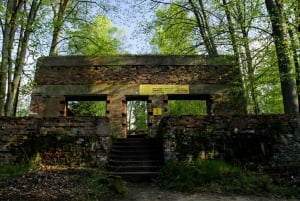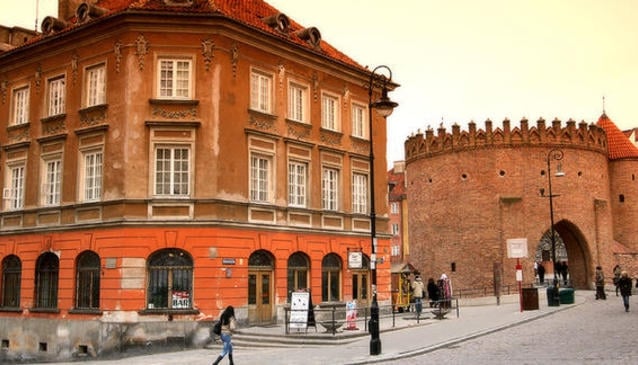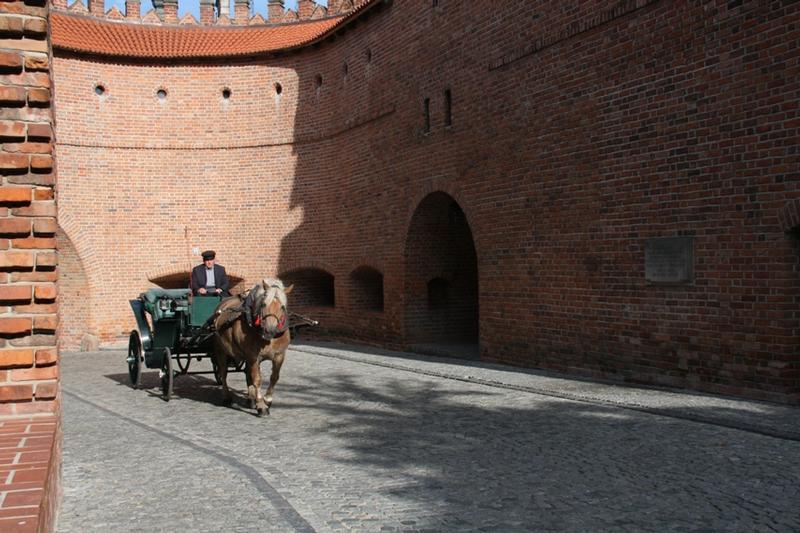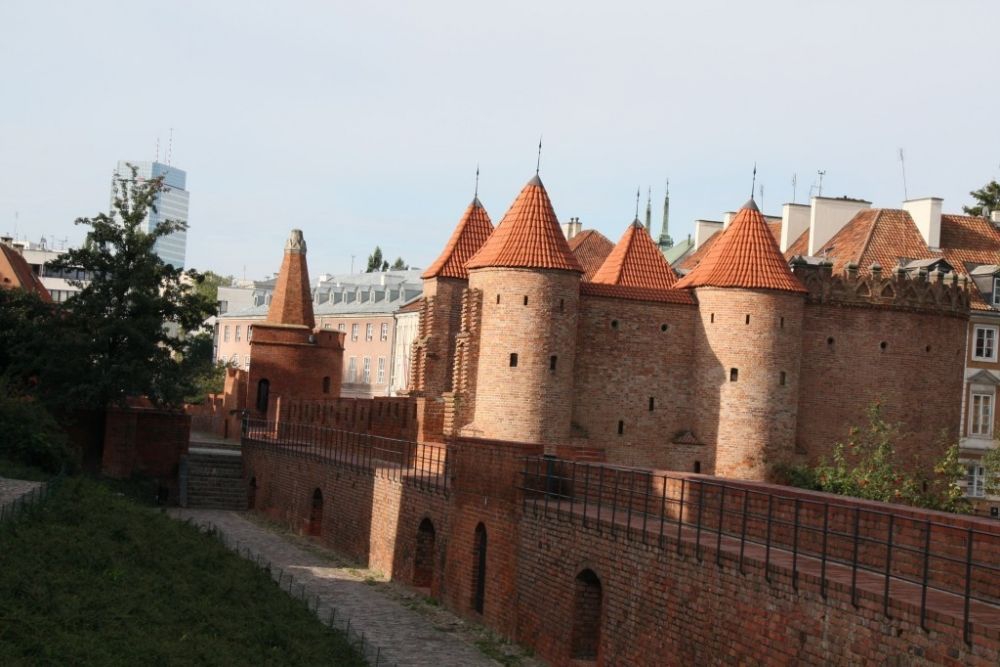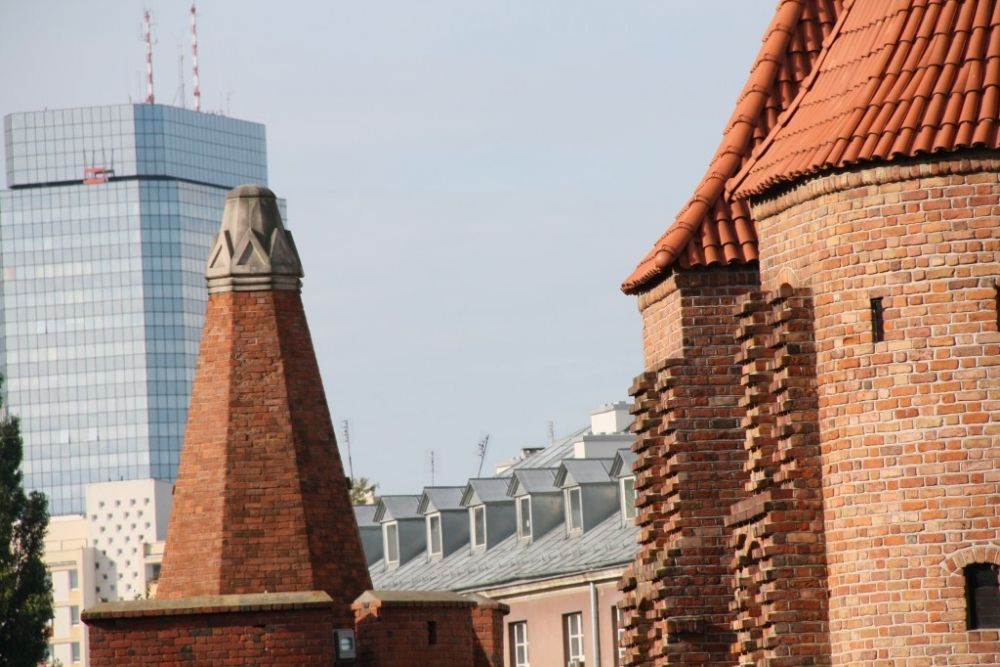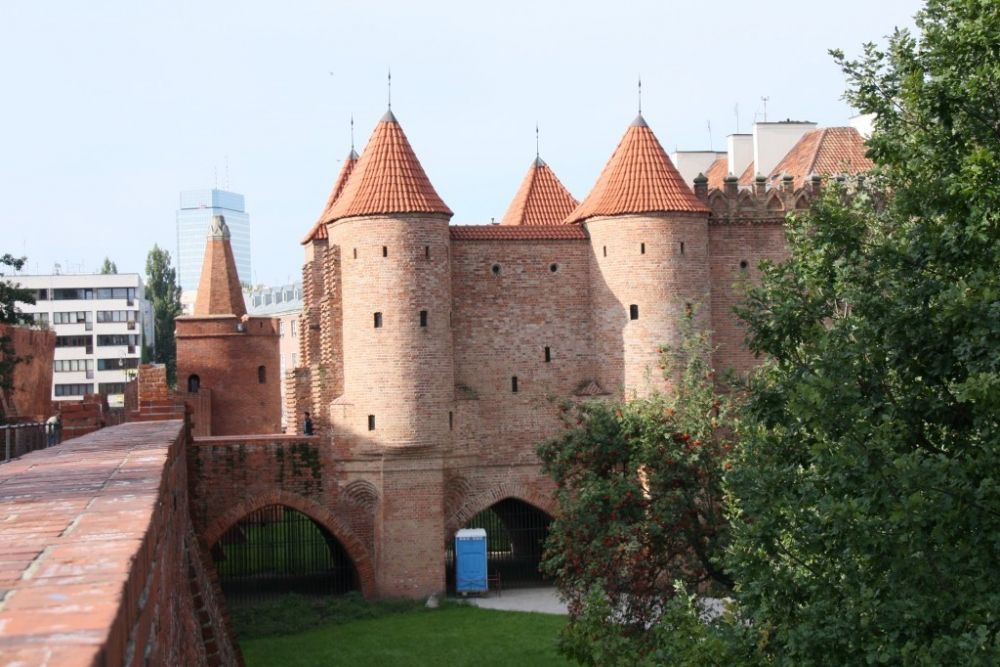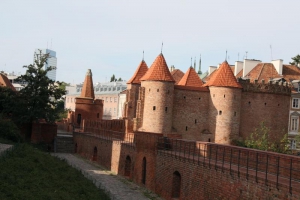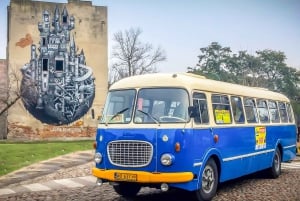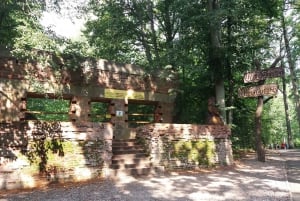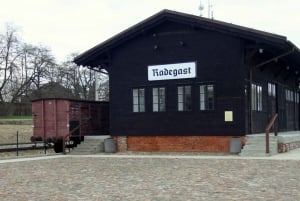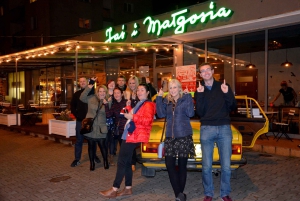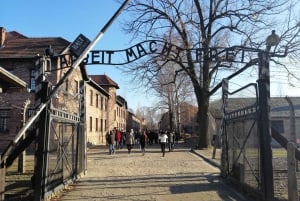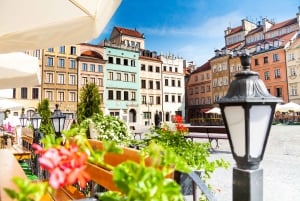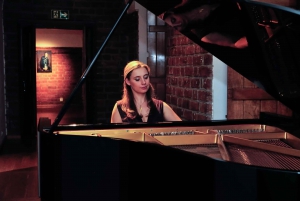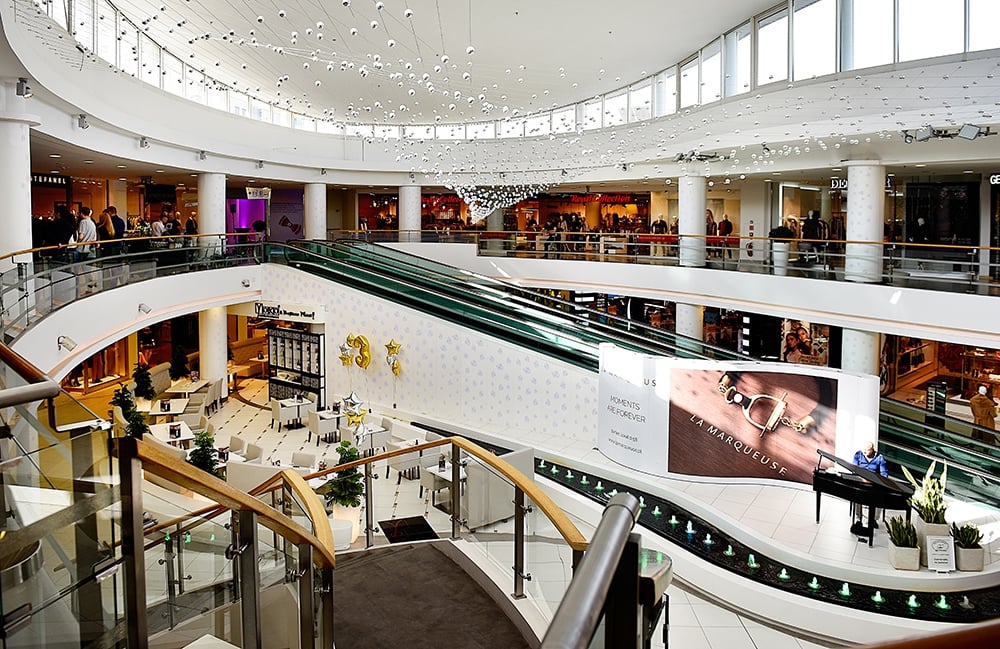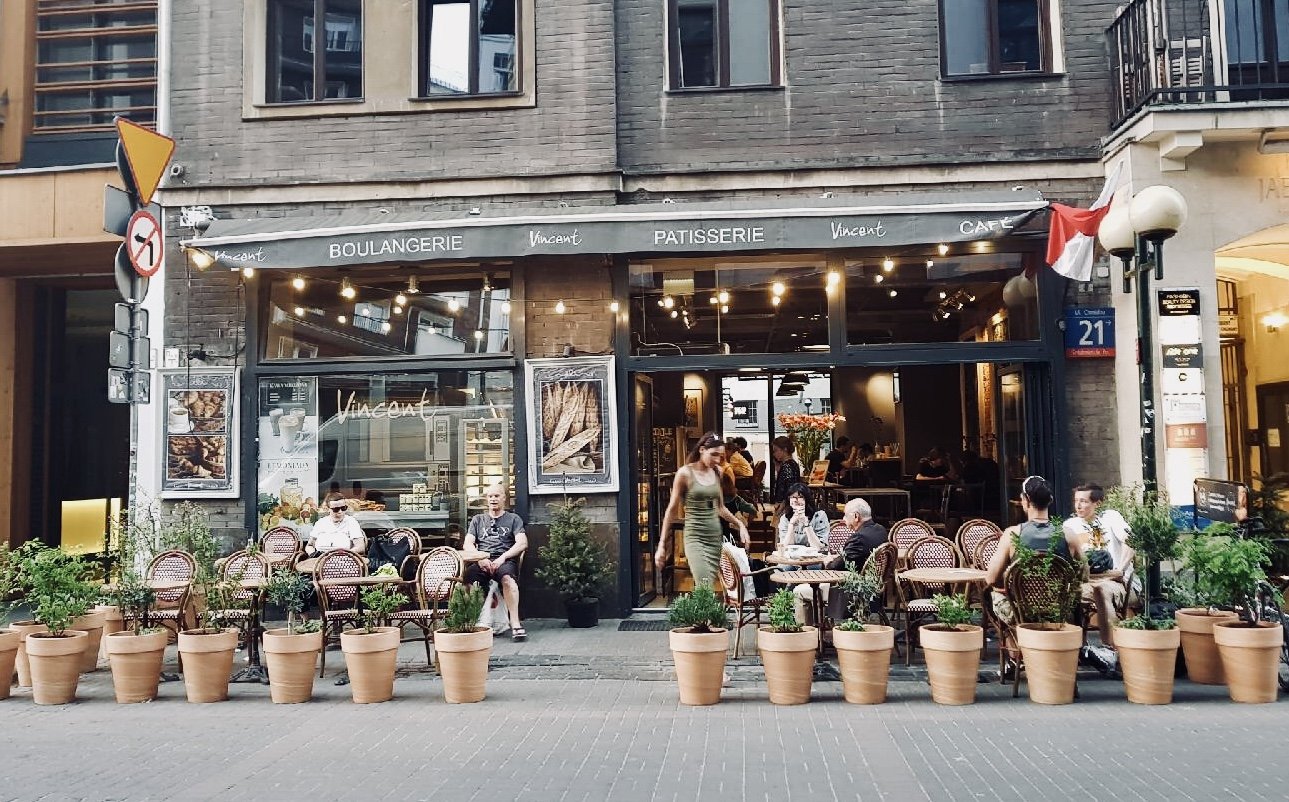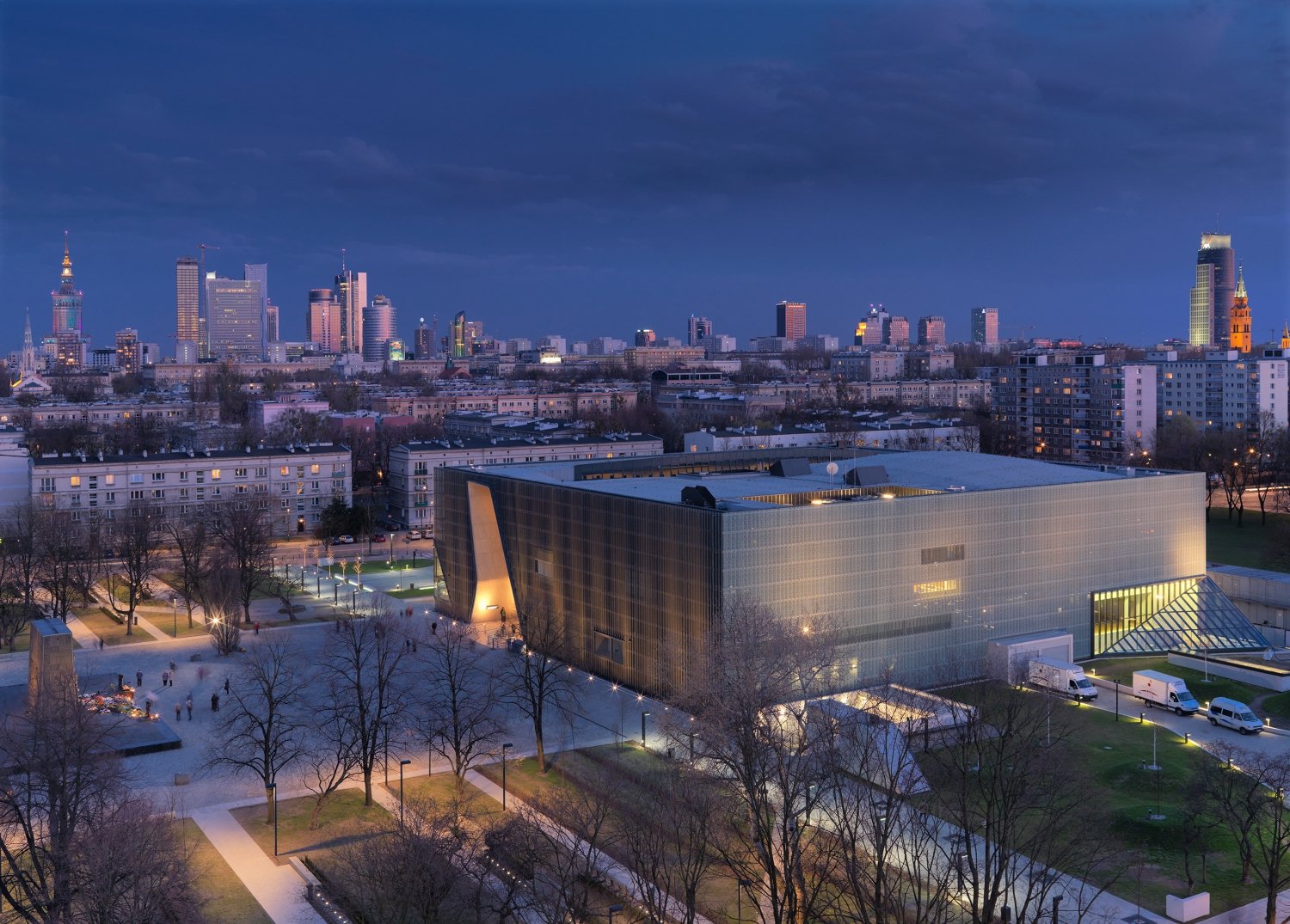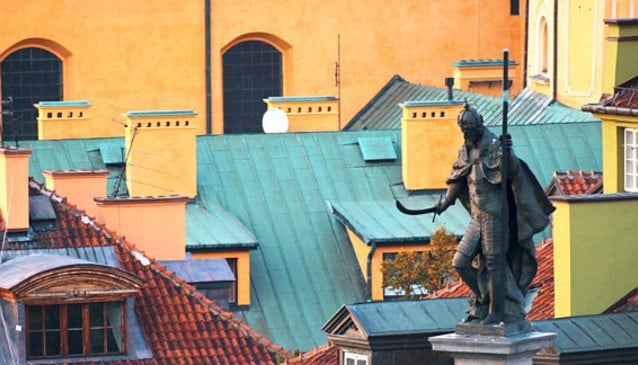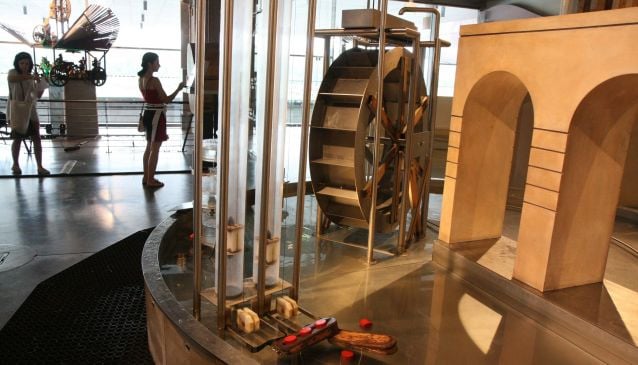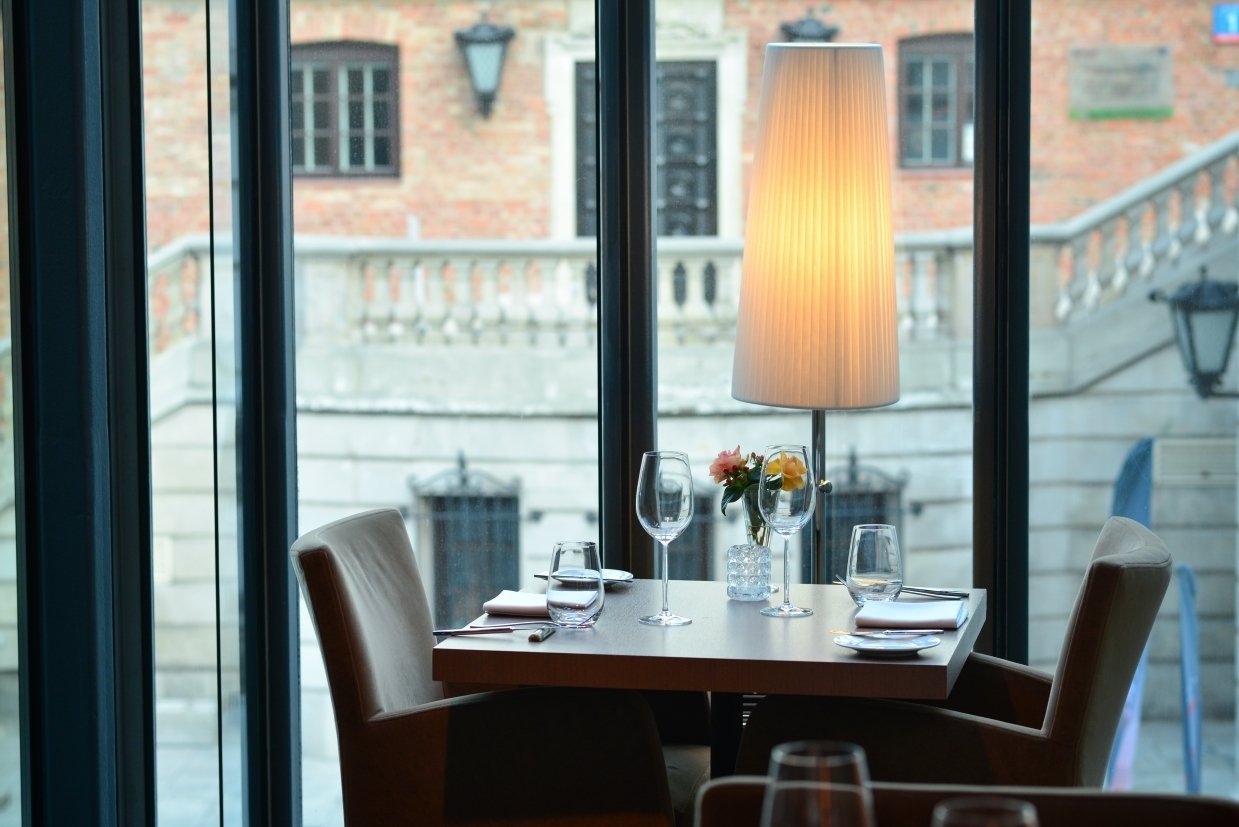The heart of Warsaw is its beautiful Old Town, with narrow cobbled streets, colourful historic buildings and a fairytale character. This tiny cluster of archways and courtyards round the Main Market Square was once the whole extent of the city. While a Renaissance-period New Town sprang up beyond its borders, and the surrounding countryside was built over with the palatial homes of important noblemen, Warsaw remained within the bounds of the Old Town you see today, surrounded by high defensive walls.
The walls were originally raised in the Middle Ages, with gates located at several points round the city. You can still see large fragments of the walls, particularly on the western side of the Old Town leading from Castle Square. At the north end of the Old Town, a high segment of the wall forms an excellent viewpoint, looking out over the downhill slope to the Vistula, the rooftops of the New Town, and the round outline of the Barbican, through whose arches you pass as you exit old Warsaw.
The Barbican was built in 1540 on the site of an earlier gate, probably in response to increased threat of invasion. It was an impressive bastion manned by fusiliers, surrounded by a deep moat, but its useful life was rather short. Not long after it had been built, advances in artillery made the Barbican obsolete, and it was used in actual defense of the city only once.
Whether or not it was ever practically useful, Warsaw's Barbican definitely lends an aesthetic touch to the city, recreating the feel of another era, when high walls and deep moats could protect a city from destruction. If you'd like to get more into the mood of the Middle Ages, check out the small but enlightening Barbican Museum. Here you can observe the advances in military practices from medieval times until today, and you can also examine the methods by which information was once extracted from suspects in an exhibit on torture.
Along the perimeter of the Old Town's defensive walls, you'll notice a striking monument of a city dweller in typical pre-19th-century Polish garb (long, high-necked coat tied round the middle with an embroidered scarf), brandishing a sword. This is Jan Kilinski, a brave shoemaker who led the people of Warsaw in the Kosciuszko Uprising of 1794 against Tsarist Russia. He is a perfect representative of Warsaw's tumultuous past, featuring a long parade of uprisings and displays of bravery by simple local people.
During the German occupation of Warsaw in the Second World War, the statue was arrested and incarcerated. Varsovians soon discovered its location, however - the basement of the National Museum. In response, some insurgents spread a handwritten message, supposedly from Copernicus, all over the city, stating that he would take revenge on the abduction of the statue by declaring the following winter to be six weeks longer. According to historical accounts, the winter of 1942 was indeed unusually long and cold.
One other monument worth finding along the defensive walls is the Little Insurgent, a sculpture of a young boy, dressed in a large helmet and carrying a gun, representing the countless children who heroically resisted the Germans during the Warsaw Uprising of 1944.
